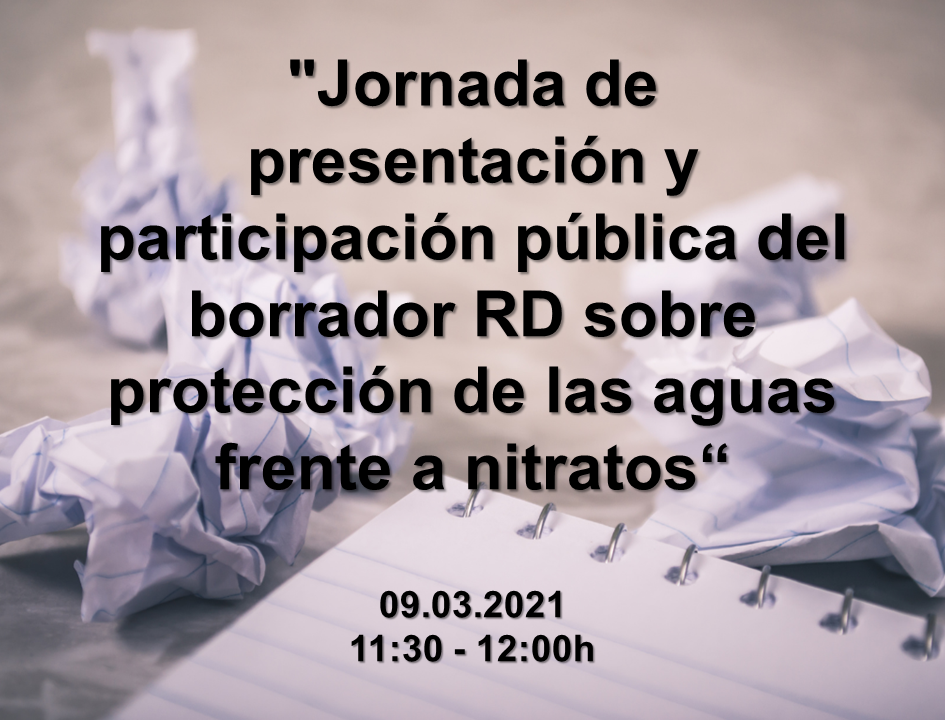
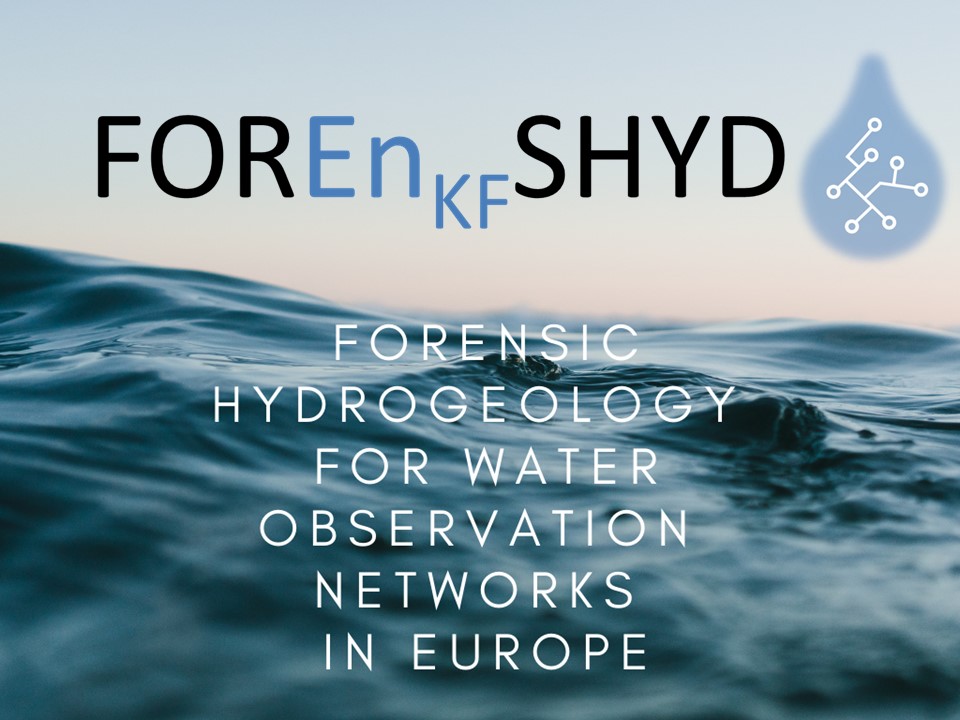



ABOUT
WHAT is Forensic Hydrogeology?
Forensic Hydrogeology is an incipient discipline that applies validated methods and techniques of hydrogeology sciences to enforce environmental laws in court procedures.
WHY is Forensic Hydrogeology relevant?
Contaminant events may affect the vulnerability of soil and groundwater resources, which are increasingly stressed by Climate Change effects. In Europe alone, official estimations indicate the existence of over 2500 million potentially contaminated sites.
Commonly, when groundwater observation networks detect a polluted water, the lack of spatial and temporal information about the contaminant event hinders a reliable evaluation of the environmental damage. These situations use to lead to unsolved socio-economic and legal resolutions.
How is Forensic Hydrogeology applied?
The Forensic Hydrogeology requires multidisciplinary witness teams to apply their expertise and case-specific probes to legal inquires. Such teams are usually formed by hydrogeologist, water quality analysts, civil engineers and environmental lawyers.
References
Paganos, M. Van Liederkerke, Y. Yigini, L. Montanarella, Contaminated Sites in Europe: Review of Current Situation Based on Data collected through a European Network, Journal of Environmental and Public Health, 2013, Article ID 158764, 11 pages.
Jan-Philip M. Witte, Willem Jan Zaadnoordijk, Jan Jaap Buyse, Forensic Hydrology Reveals Why Groundwater Tables in The Province of Nood Brabant (The Netherlands) Dropped More Than Expected, Water 2019, 11, 478; doi:10.3390/w11020378.
Robert D. Morrison, Application of Forensic Techniques for Age Dating and Source Identification in Environmental Litigation, Journal of Environmental Forensics, 2000, 1, 131-153, doi:10.1006/enfo.2000.0015.
Robert D. Morrison, Critical Review of Environmental Forensic Techniques: Part I, Environmental Forensics 2000, 1, 157-173, doi:10.1006/enfo.2000.0017.
Juliana Atmadja and Amvrossios C. Bagtzoglou, State of the Art Report on Mathematical Methods for Groundwater Pollution Source Identification, Environmental Forensics, 2001, 2, 205-214, doi:10.1006/enfo.2001.005.

PROJECT
The principal aim of FORENSHYD is to identify where and when a contaminant event took place, which is critical to identify the culprit and allow the environmental law enforcement. Although numerical models of groundwater flow and solute transport processes may reconstruct the history of a contaminant site and trace its source, model assumptions and/or lack of available information are common troublesome in real complex cases.
A step toward pioneer technologies yielding liable forensic methods can break into the green job market related to environmental consultancies, and remediation industry, whilst enhancing the efficiency of water management administrations. The novel methodology also may support restoration activities derived from the environmental liability.
Specific objectives:
>>> To improve contaminant source identification and entailed hydraulic and biogeochemical parameter estimation under realistic conditions.
>>> To optimize the design of groundwater observation network systems involved in the plume characterization of detected contaminant events.

RESULTS
Access from here to all the research outcomes available in scientific journals and open access data repositories.

COMMUNICATION
FORENSHYD encourages the participation of all social agents involved in the protection and use of groundwater.

DISSEMINATION
The Research Institute of Water and Environmental Engineering (IIAMA) at the Polytechnic University of Valencia is leading the project “Investiga! Salva el planeta” (FCT-19-14921 ) dedicated to engaging schoolchildren in research activities in order to face and mitigate Climate Change effects. The project is funded by The Spanish Foundation for Science and Technology (FECYT). The Team Members are involved in the mentoring of two research projects. Find more information in the link bellow or just click on the images.
TEAM
Dr. Alicia Sanz-Prat (Researcher) Marie Sklodowska-Curie Action - Individual Fellowship E-mail: asanpra@iiama.upv.es Twitter: @aliciasanzprat LinkedIn: www.linkedin.com/in/alicis-sanz-prat
Dr. J. Jaime Gómez-Hernández (Supervisor)
Professor of Hydrogeology, Universitat Politècnica de València (UPV)
E-mail: jaime@dihma.upv.es
Twitter: @jaumegomez
Ciudad Politécnica de la Innovación - Edificio 8G Acceso D, 5ª planta • Camino de Vera S/N Valencia 46022 España
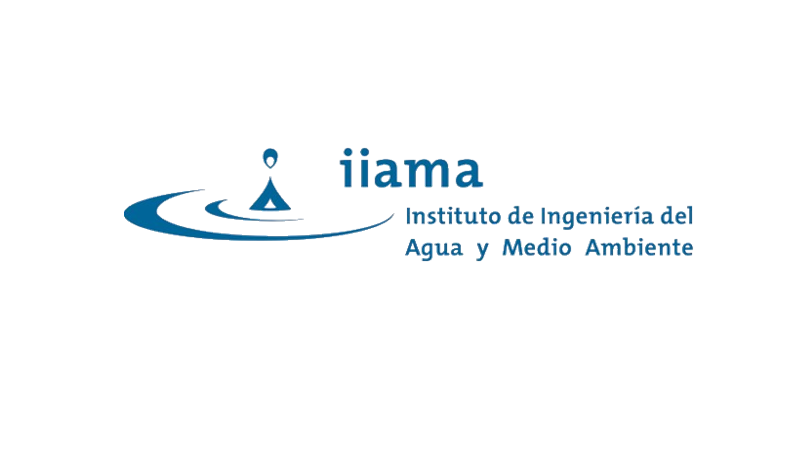
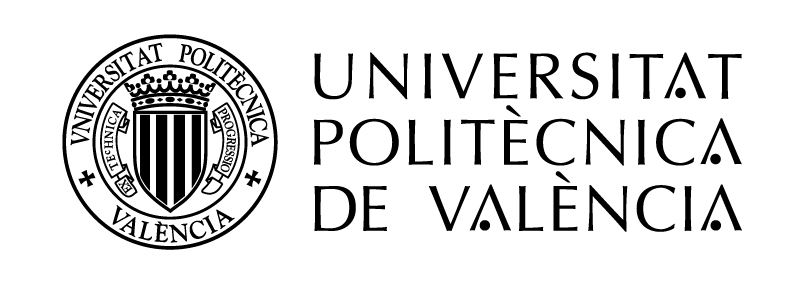
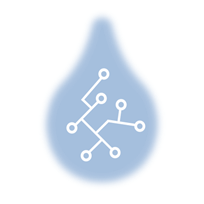
Find us in twitter as #forenshyd
more information: https://cordis.europa.eu/project/id/895526/es
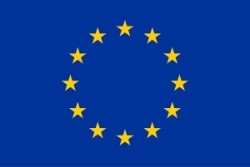
ACKNOWLEDGMENT
This project has received funding from the European Union’s Horizon 2020 Research and Innovation Programme under the Marie Sklodowska-Curie grant agreement No 895526.
DISCLAIMER
The content of this website is the sole responsibility of the authors, and in no way necessarily reflects the opinion of the European Commission or its services. The European Commission is also not responsible for any use that may be made of the content of this website.
Creative Commons BY-NC-SA 2021 FORENSHYD







